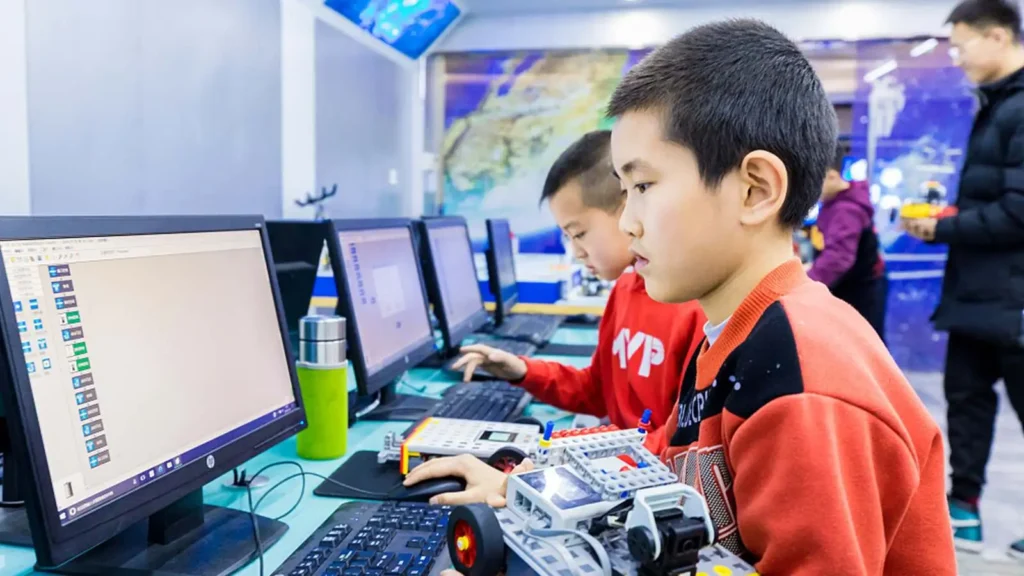In an age where digital interactions are a part of daily life, especially for children, ensuring online safety has become a top priority. Singapore is taking proactive steps to safeguard its younger population from digital threats, aiming to create a secure and supportive online environment.
The Rising Concern of Online Harms
The internet offers countless opportunities, but it also presents serious risks. According to a recent survey, 45% of children in Singapore have encountered harmful content such as cyberbullying and sexual content. This is compounded by an increase in exposure to violent and racially charged material. The survey was conducted by the Ministry of Digital Development and Information (MDDI). These alarming statistics have prompted Singapore to take significant steps toward strengthening online protections for children.
Common Online Threats Facing Children
Children today face a myriad of threats when navigating the digital world. These include:
- Cyberbullying: Repeated harassment or abuse by peers online.
- Inappropriate Content: Such as sexual material or violent imagery.
- Social Media Addiction: Impacting mental health and development.
Given the increasing frequency of these issues, it is clear that action is needed to prevent further harm to children.
Singapore’s Legislative Efforts for Child Safety
To address these growing concerns, Singapore has implemented several legislative measures. In February 2023, the Broadcasting Act was amended to allow the swift removal of harmful content, giving the government stronger control over the digital landscape.
Further to this, the Code of Practice for Online Safety was introduced in July 2023. This mandates that major social media platforms adopt more stringent controls, such as age verification systems, parental control features, and rapid response measures for reporting inappropriate content
Age Verification and App Distribution Services
In a move aimed at protecting younger users, the government plans to introduce a Code of Practice for App Distribution Services. This regulation will focus on implementing age assurance systems to prevent children from accessing age-inappropriate apps, further limiting their exposure to harmful material.
Government and Community Initiatives
In addition to regulatory measures, Singapore has launched several educational programs to support parents and children in navigating the digital space. The Digital for Life movement, supported by the Infocomm Media Development Authority (IMDA), offers resources and tools to help families manage online safety better.
These initiatives are complemented by community services that tackle issues like social media addiction and provide support for children dealing with the psychological impacts of online harm.
Future of Children’s Privacy in Singapore
The government’s strategy is clear: as digital environments continue to evolve, so too must the safeguards put in place to protect children. By implementing stricter regulations and encouraging educational programs, Singapore is setting an example for how nations can protect their youth in the digital age.
The first round of online safety compliance reports from social media platforms, expected in July 2024, will offer further insights into how effective these measures are and provide transparency in addressing online risks.
Conclusion
Creating a safer online space for children is a complex but essential task. Singapore’s approach, through both legislative action and community initiatives, demonstrates its commitment to protecting the digital lives of its youth. As these regulations take root, the hope is that the online world will become a more secure and supportive space for children.



